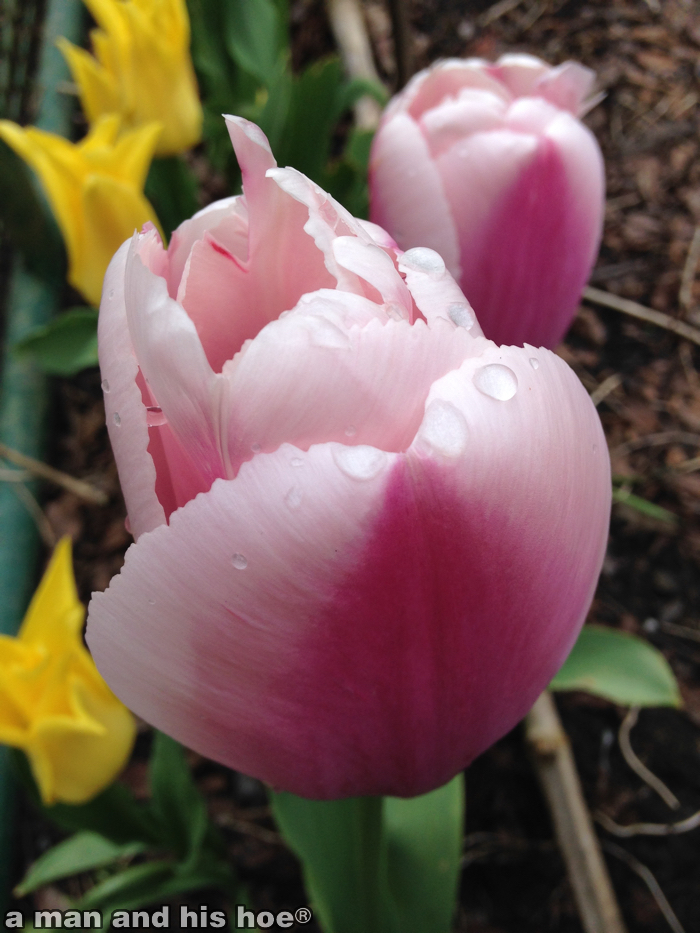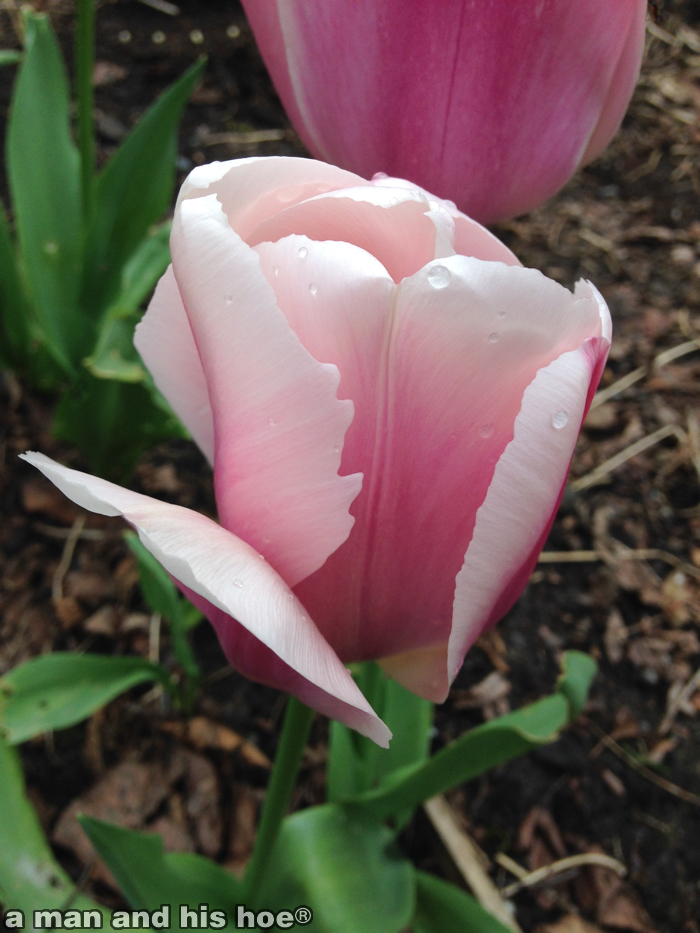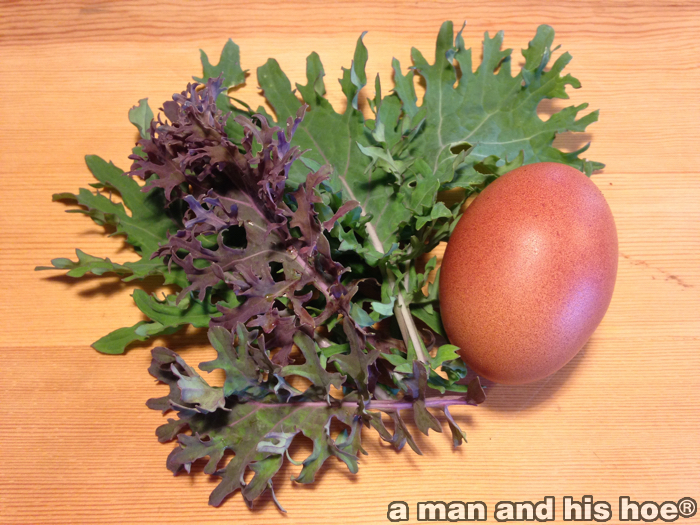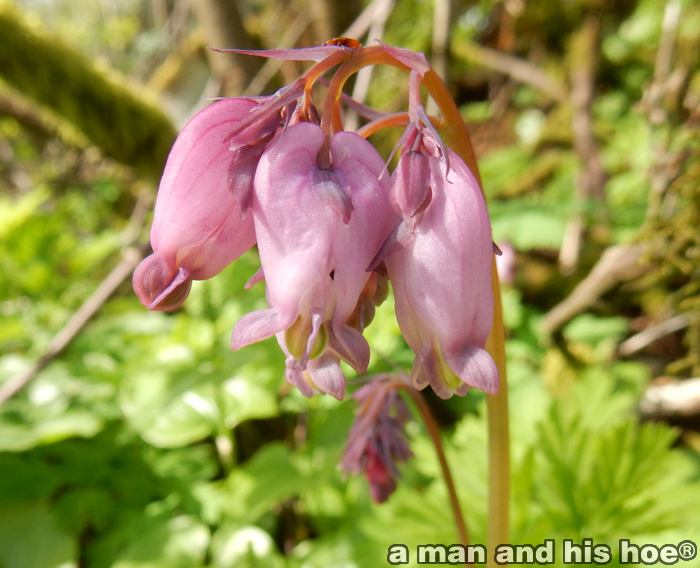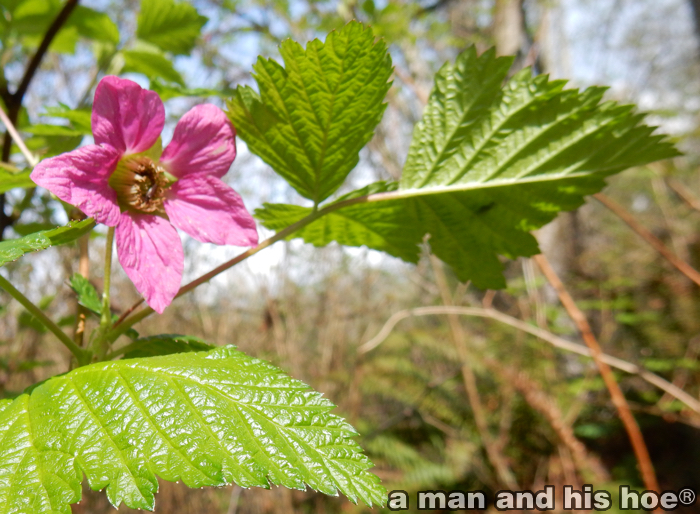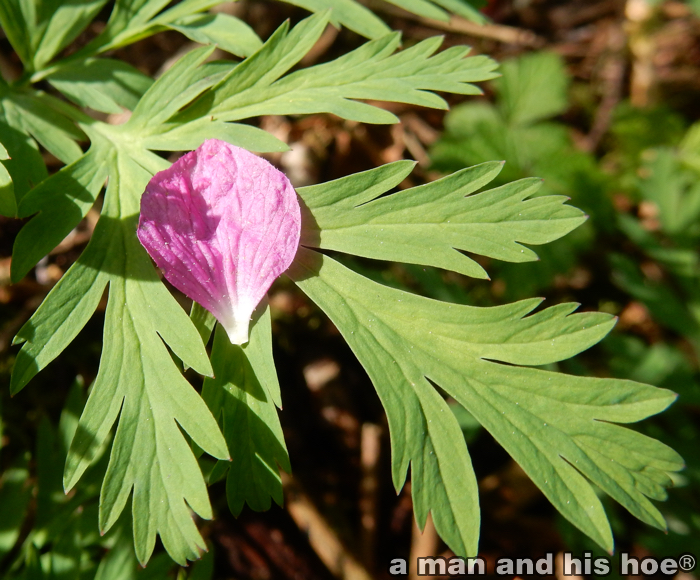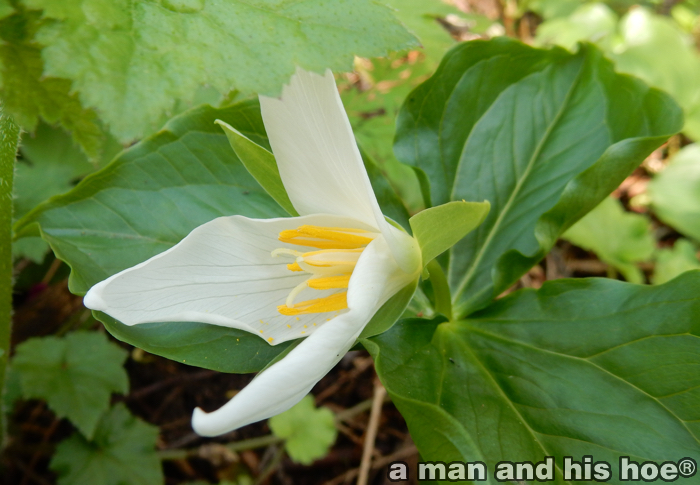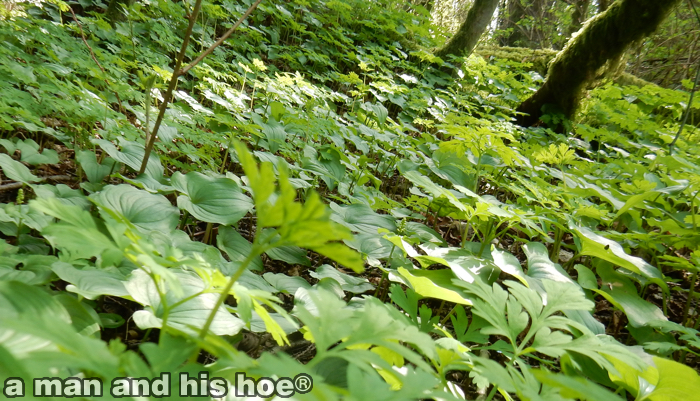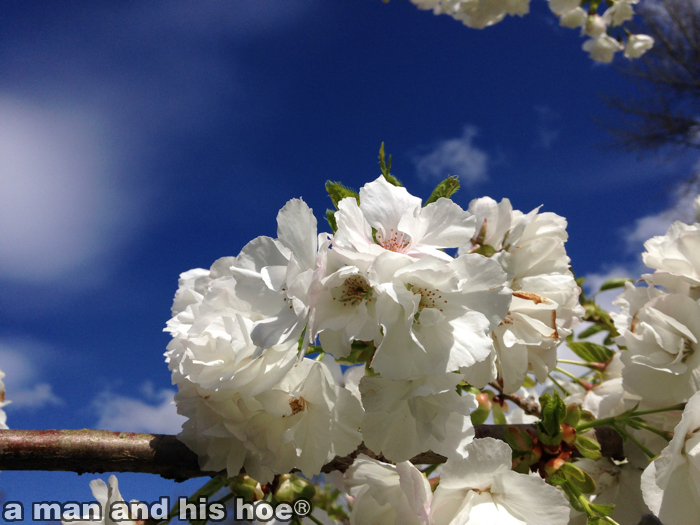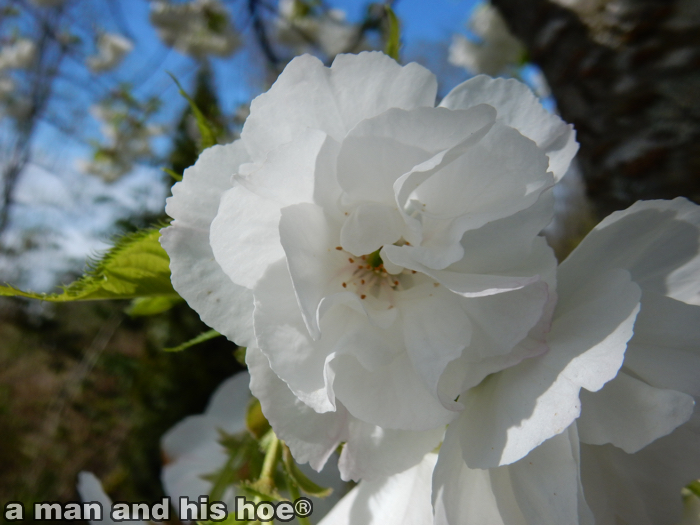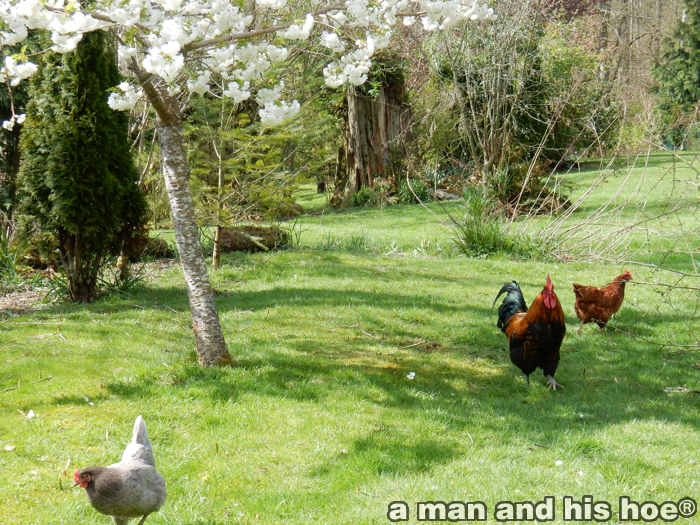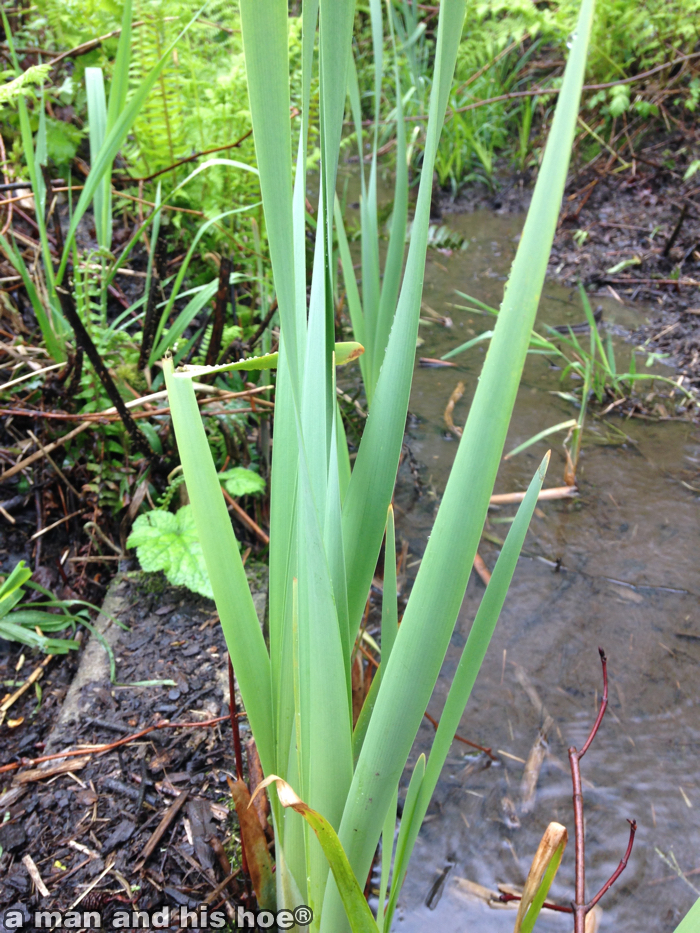
Cattails, ferns, comfrey, there are so many wonderful plants shooting out of the ground. If it weren’t for the frequent spring rains, none of them would flourish.
I’ve recently learned about Dr. Elaine Ingham, a fascinating microbiologist. A quote of hers I like is: “If we as human beings are to continue to live on this planet we have to stop destroying her.” In this video, The Roots of your Profits, she describes the importance of root biology for growing healthy plants.
Most of the sugars plants create from absorbing sunlight through their leaves, they send down into their roots and into the soil to feed colonies of bacteria. The bacteria attract a variety of predators, and in the process of consuming the bacteria, they leave behind nutrients right at the plants roots, which the plants slurp up. It’s an ingenious method, but is easily destroyed when fungicides, herbicides, and pesticides are used. The video is an hour and a half long, but fascinating.


